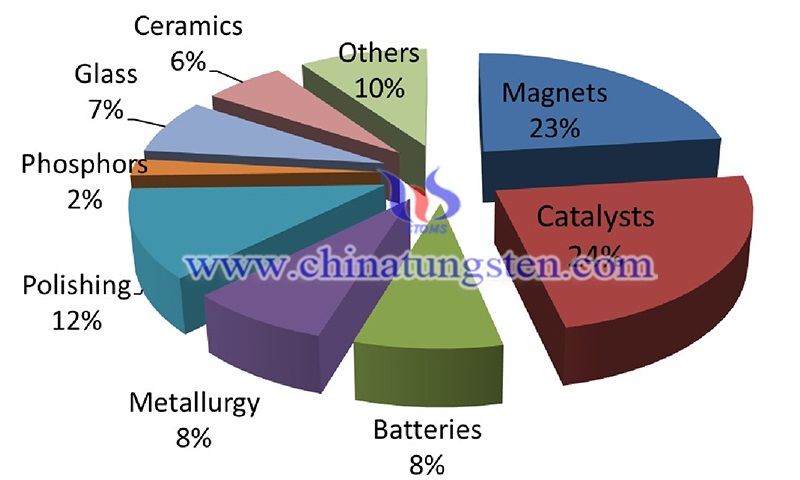Controlling Environmental Pollutants with Mo-Based Catalysts
- Details
- Category: Tungsten's News
- Published on Tuesday, 09 November 2021 20:23
- Written by Caodan
- Hits: 689

A recent review published in the journal EcoMat highlights a number of new developments in the use of Mo-based catalysts for better control of water and air pollutants, while also exploring a range of approaches that have the potential to optimize Mo-based materials and use them as efficient catalysts.
Read more: Controlling Environmental Pollutants with Mo-Based Catalysts
Libero Consolidates Porphyry Belt Around Mocoa Copper-Molybdenum Project
- Details
- Category: Tungsten's News
- Published on Tuesday, 09 November 2021 20:20
- Written by Caodan
- Hits: 691

Libero Copper & Gold recently announced that it has filed 32 mining claims totaling 103,578 hectares covering a significant portion of the Jurassic porphyry belt to the southwest and northeast of its Mocoa copper-molybdenum project.
Read more: Libero Consolidates Porphyry Belt Around Mocoa Copper-Molybdenum Project
Rare Earth Elements and Upcoming Competition
- Details
- Category: Tungsten's News
- Published on Monday, 08 November 2021 19:36
- Written by Caodan
- Hits: 693

Rare earth elements are found in the earth's crust and are not very rare, but they are typically found in very small quantities, are arranged over large areas, and require complex post-processing, which makes most existing deposits too expensive to mine. Rare earths are key elements used in automobiles, consumer electronics, computers, communications, clean energy, and defense systems.
Upcoming Competition Over Rare Earths: Strategies of US, and EU
- Details
- Category: Tungsten's News
- Published on Monday, 08 November 2021 19:39
- Written by Caodan
- Hits: 669

Currently, China accounts for about 70% of global mining of rare earths and 85% to 90% of their processing. For the EU, China provides 98% of its supply needs. This is an issue of concern, which is too dependent on one country to supply materials such as neodymium, praseodymium, dysprosium and terbium, and is also a concern for the US.
Read more: Upcoming Competition Over Rare Earths: Strategies of US, and EU
Engineers Mine Rare Earth Elements from Fertilizer Byproduct
- Details
- Category: Tungsten's News
- Published on Monday, 08 November 2021 19:31
- Written by Caodan
- Hits: 677

Engineers at Pennsylvania State University (Penn State) have received a National Science Foundation grant to recover rare earth elements (REEs) from phosphogypsum, a fertilizer byproduct stored indefinitely in open dumps and pumped into designated lakes.
Read more: Engineers Mine Rare Earth Elements from Fertilizer Byproduct





 sales@chinatungsten.com
sales@chinatungsten.com